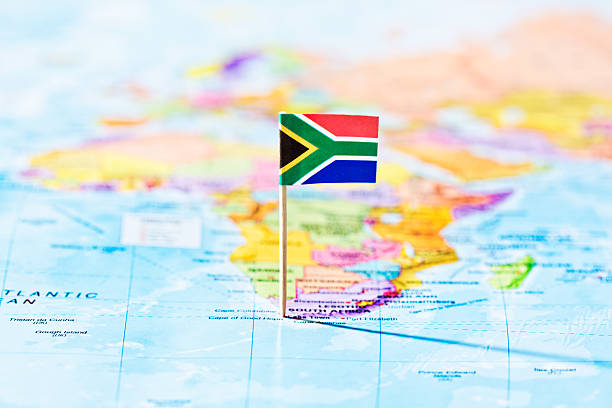
The Evolution of South Africa's Electrical Grid
South Africa’s electrical grid has undergone a significant transformation since its inception, adapting to changing energy needs and technological advancements. In this article, we will explore the history and current state of South Africa’s electrical grid. From the early days of electrification to the challenges and opportunities of the present, we will delve into the key milestones, the impact of apartheid-era policies, the growth of renewable energy, and the future prospects of South Africa’s electrical grid.
-
Early Electrification and the Birth of the Grid
South Africa’s journey towards electrification began in the late 19th century. The mining industry, with its growing demand for power, played a pivotal role in the early development of the electrical grid. The first electricity distribution company, the Victoria Falls and Transvaal Power Company, was established in 1906. However, it was not until the 1920s that the expansion of electricity distribution gained momentum, reaching urban areas and eventually rural communities. -
Apartheid-Era Policies and Energy Inequality
During the apartheid era (1948-1994), South Africa’s energy policies were characterized by racial segregation and inequality. The government prioritized the electrification of white-dominated areas, while many black townships and rural communities were neglected. This resulted in stark disparities in access to electricity and exacerbated socio-economic inequalities. -
Integration and Expansion
In the post-apartheid era, efforts were made to integrate the electricity supply system and expand access to underserved areas. The establishment of the National Electricity Regulator (NERSA) in 2000 aimed to promote competition, efficiency, and fairness within the energy sector. State-owned entities, such as Eskom and municipalities, played a vital role in electrification initiatives, focusing on expanding the grid to previously underserved communities. -
Challenges and Power Shortages
South Africa’s electrical grid has faced numerous challenges, including aging infrastructure, insufficient investment, and power shortages. Eskom, the state-owned power utility, has struggled to meet the growing demand for electricity, resulting in load shedding—the deliberate, temporary power outages to balance supply and demand. These blackouts have had a significant impact on businesses, industries, and the overall economy. -
Renewable Energy and Energy Transition
In recent years, South Africa has recognized the importance of renewable energy in diversifying the energy mix and reducing reliance on fossil fuels. The Renewable Energy Independent Power Producer Procurement (REIPPP) program, launched in 2011, has attracted substantial investments in wind and solar projects. Independent power producers contribute to the grid through power purchase agreements, promoting sustainability and stimulating economic growth. -
Future Prospects and Smart Grid Initiatives
South Africa’s electrical grid is poised for further transformation and modernization. Smart grid technologies are being explored to enhance efficiency, reliability, and the integration of renewable energy sources. These technologies include advanced metering infrastructure, demand response systems, and grid monitoring and control systems.
The integration of distributed energy resources, such as rooftop solar panels and battery storage, is another aspect of the future grid. These resources enable consumers to generate their own electricity and contribute excess energy to the grid, fostering energy independence and resilience.
South Africa’s electrical grid has come a long way since its early electrification efforts. While historical challenges, including apartheid-era policies and power shortages, have hindered progress, the country is making strides towards a more sustainable and inclusive energy system. The growth of renewable energy, the focus on energy transition, and the exploration of smart grid technologies are all promising developments for South Africa’s electrical grid. By embracing these opportunities, the nation can foster economic growth, enhance energy access, and pave the way for a cleaner and more resilient future.
